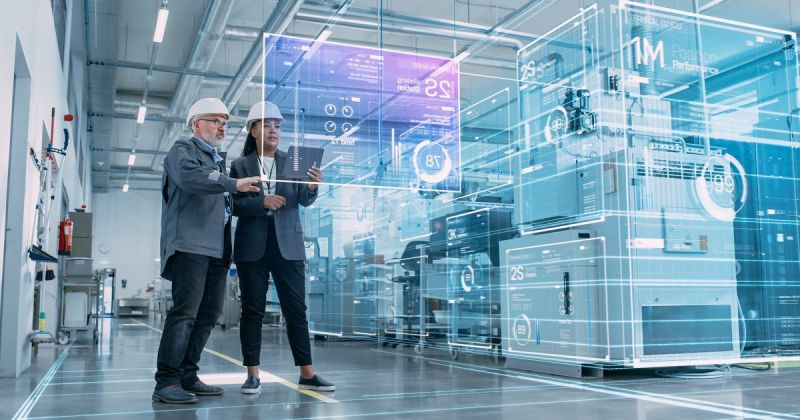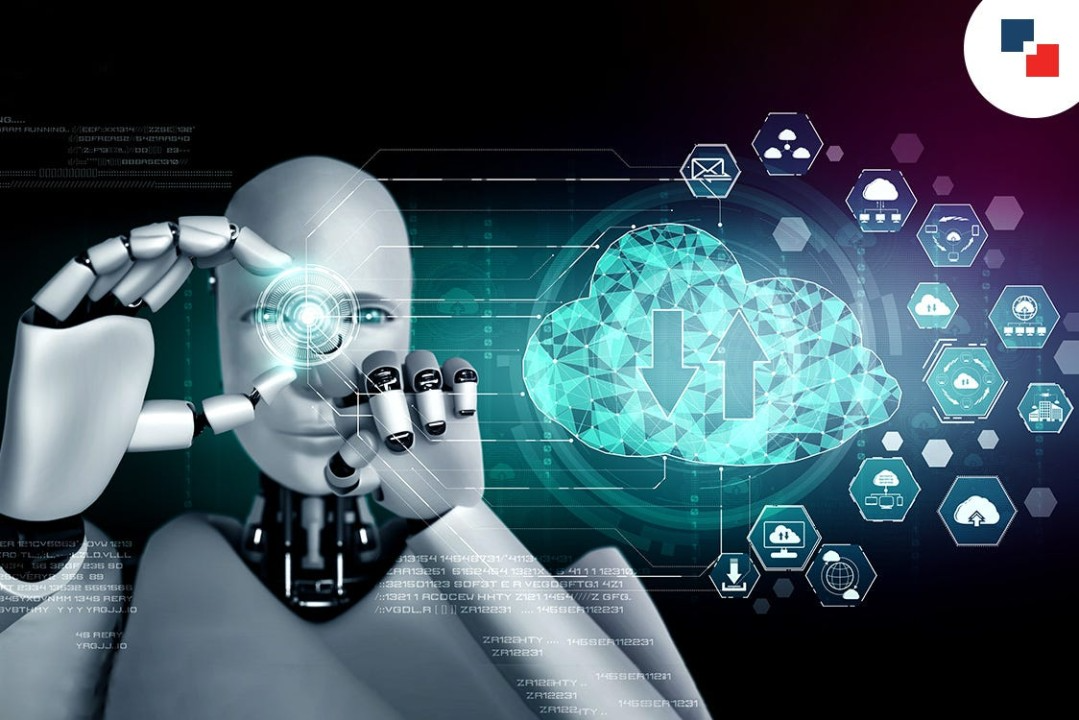Edge computing is a distributed computing paradigm that brings data processing closer to the source of data generation, enabling real-time analytics, faster response times, and reduced latency compared to traditional cloud computing architectures. This article explores the concept, benefits, applications, challenges, and future trends of edge computing in optimizing data processing and enhancing operational efficiency across various industries.
Concept of Edge Computing
- Decentralized Data Processing: Edge computing moves data processing closer to the edge of the network, where data is generated (e.g., IoT devices, sensors, mobile devices), reducing the need for centralized cloud servers and minimizing latency.
- Real-Time Decision-Making: Enables real-time data analytics, immediate response to critical events, and low-latency applications (e.g., autonomous vehicles, industrial automation) by processing data locally or in nearby edge nodes.
- Bandwidth Optimization: Reduces bandwidth usage and network congestion by processing and filtering data locally at the edge, sending only relevant information to centralized cloud servers for storage and further analysis.
Benefits of Edge Computing
- Reduced Latency: Improves response times and enhances user experiences for time-sensitive applications (e.g., video streaming, augmented reality) by processing data closer to end-users or devices.
- Enhanced Reliability: Ensures continuity of operations and reliability in environments with limited or intermittent connectivity (e.g., remote locations, industrial settings) by enabling local data processing and storage.
- Scalability and Cost Efficiency: Scales resources dynamically based on demand, optimizes resource allocation, and reduces operational costs associated with data transfer and centralized cloud computing.
Applications of Edge Computing
- IoT and Smart Devices: Facilitates IoT deployments by processing sensor data locally, enabling real-time monitoring, predictive maintenance, and automation in smart homes, cities, and industrial IoT (IIoT) applications.
- Autonomous Vehicles: Supports autonomous driving capabilities by processing sensor data (e.g., lidar, radar) in real-time at the vehicle edge, enabling rapid decision-making and ensuring passenger safety.
- Healthcare: Enables remote patient monitoring, telemedicine applications, and personalized healthcare services by processing sensitive medical data locally at the edge while maintaining data privacy and security.
Challenges in Adopting Edge Computing
- Security Concerns: Ensuring data security, privacy protection, and compliance with regulatory requirements (e.g., GDPR, HIPAA) when processing and storing sensitive information at distributed edge locations.
- Interoperability and Standards: Addressing compatibility issues and establishing industry standards for edge computing architectures, protocols, and IoT device integration to ensure seamless operation and data exchange.
- Edge Infrastructure Management: Managing distributed edge nodes, ensuring reliability, uptime, and performance optimization across diverse geographical locations and varying network conditions.
Future Trends in Edge Computing
- AI and Machine Learning at the Edge: Integration of AI algorithms and machine learning models into edge devices to enable real-time data analytics, predictive analytics, and autonomous decision-making capabilities.
- 5G Network Integration: Leveraging high-speed, low-latency 5G networks to support edge computing deployments, enhance connectivity, and enable new applications (e.g., smart cities, industrial automation) requiring real-time data processing.
- Edge-to-Cloud Synergy: Developing hybrid edge-to-cloud architectures that combine local edge computing capabilities with centralized cloud resources to optimize data storage, processing, and analytics workflows.
Conclusion
Edge computing represents a transformative approach to data processing and analytics, enabling organizations to achieve real-time insights, improve operational efficiency, and deliver enhanced user experiences across diverse industry sectors. Overcoming challenges related to security, interoperability, and infrastructure management requires collaboration among technology providers, standards bodies, and industry stakeholders. By harnessing the power of edge computing and embracing innovative solutions, businesses can unlock new opportunities for growth, innovation, and competitive advantage in a data-driven world.


